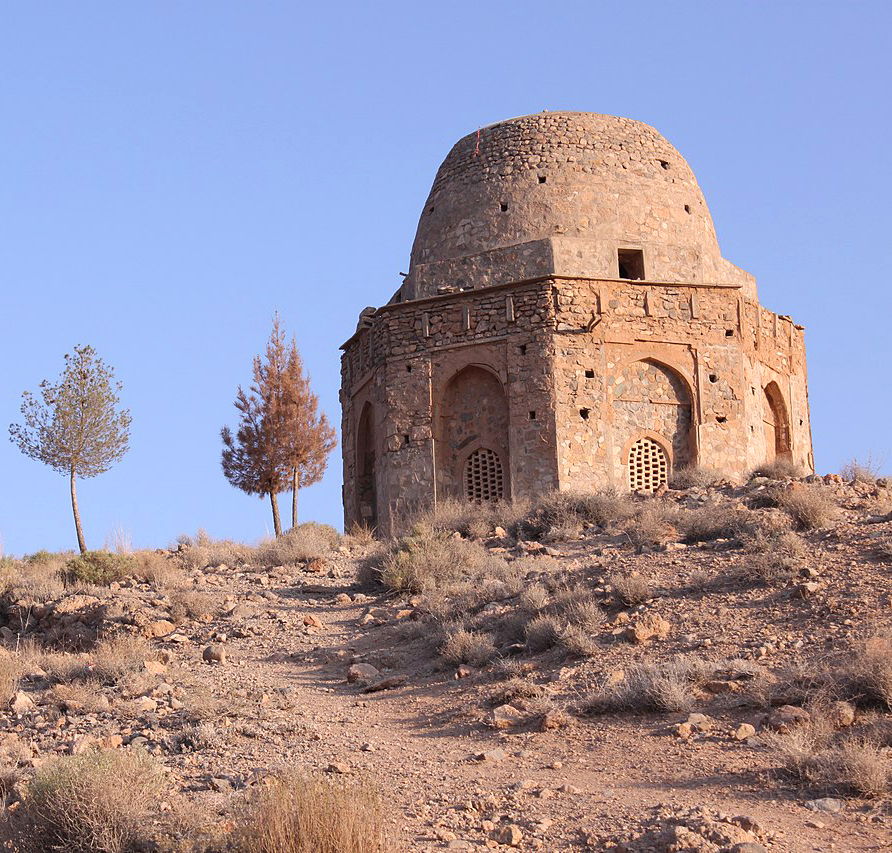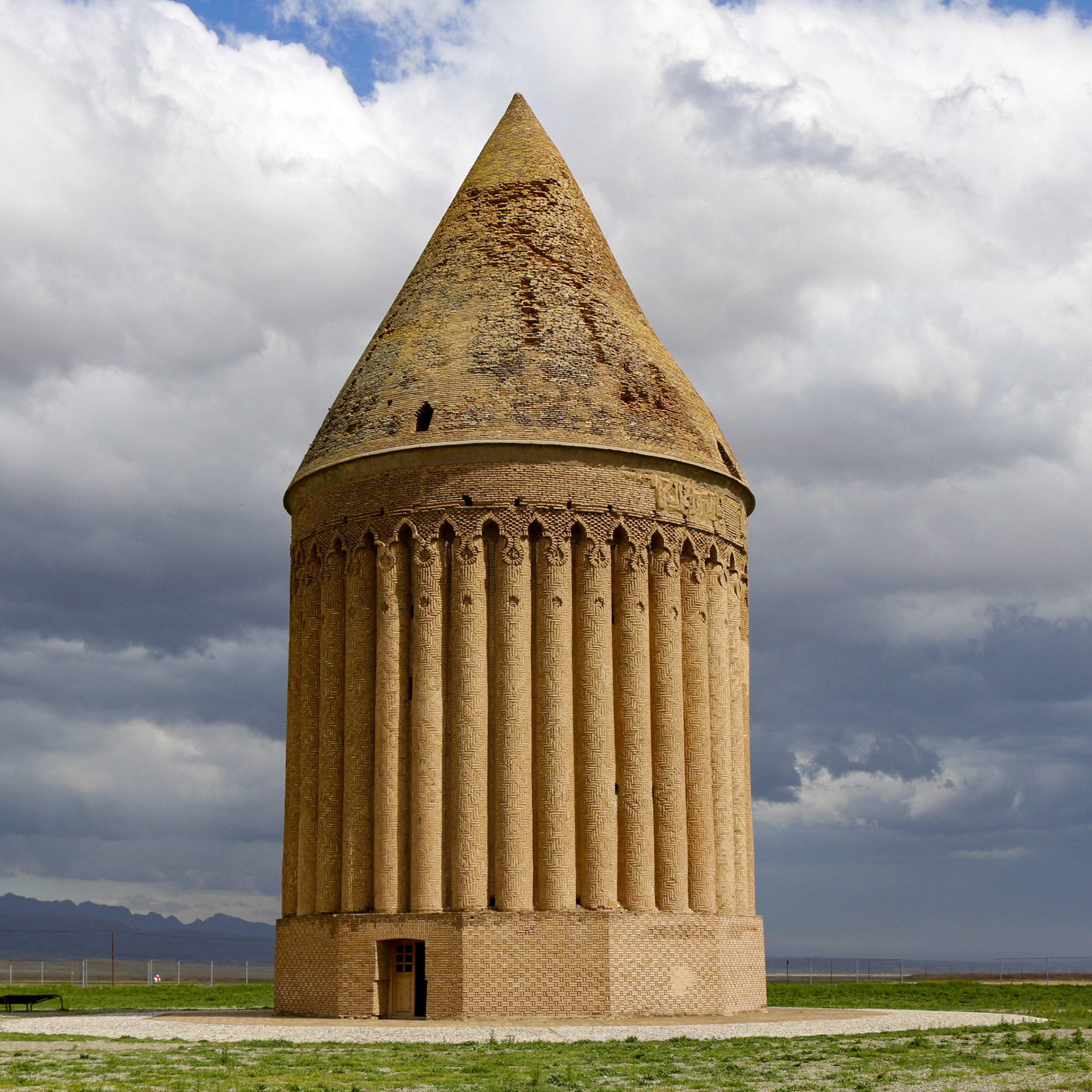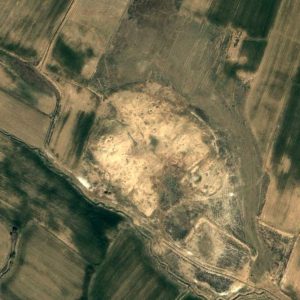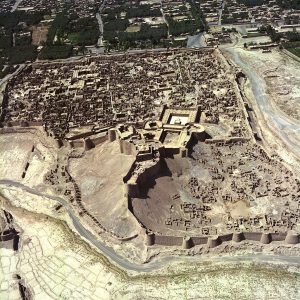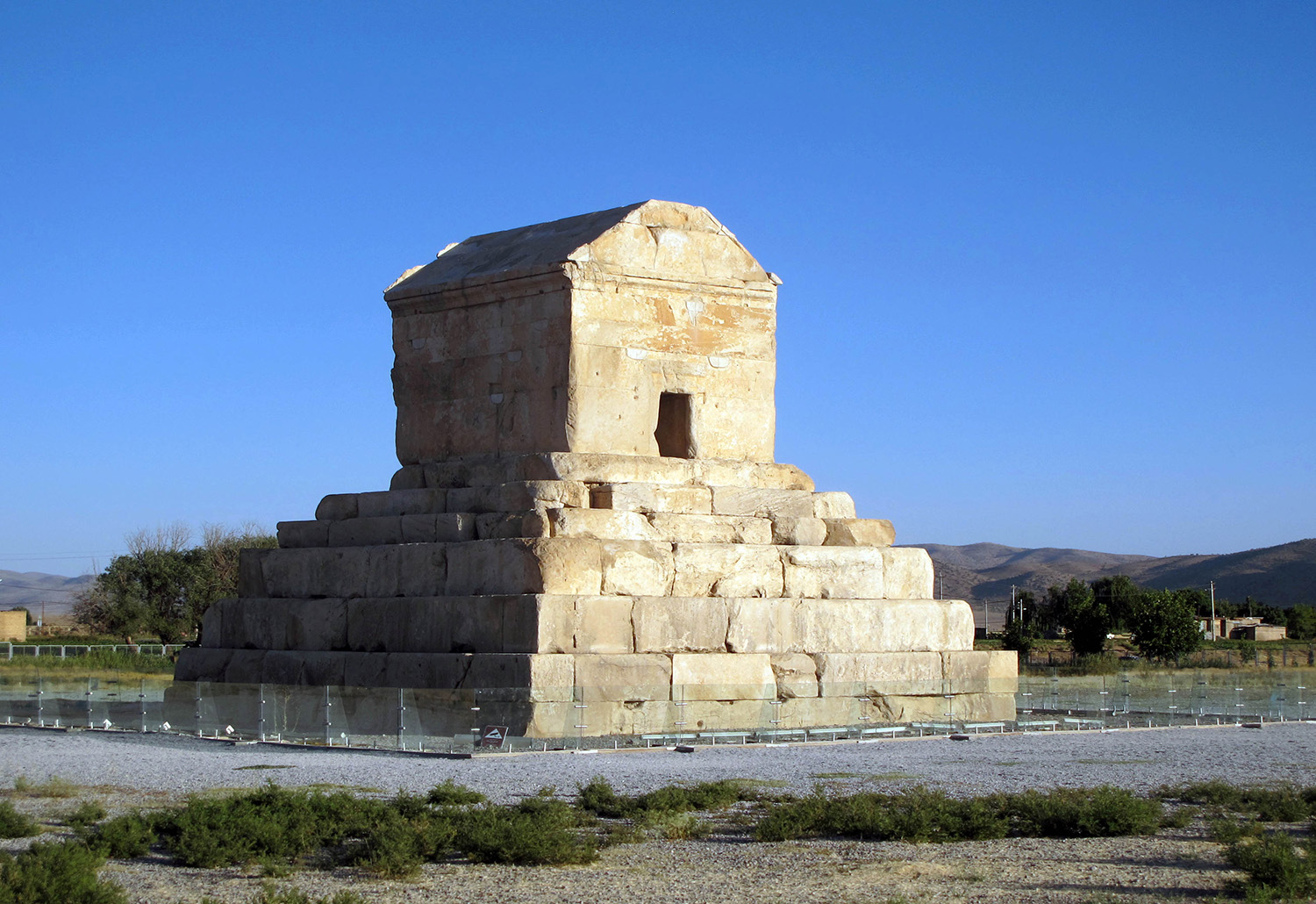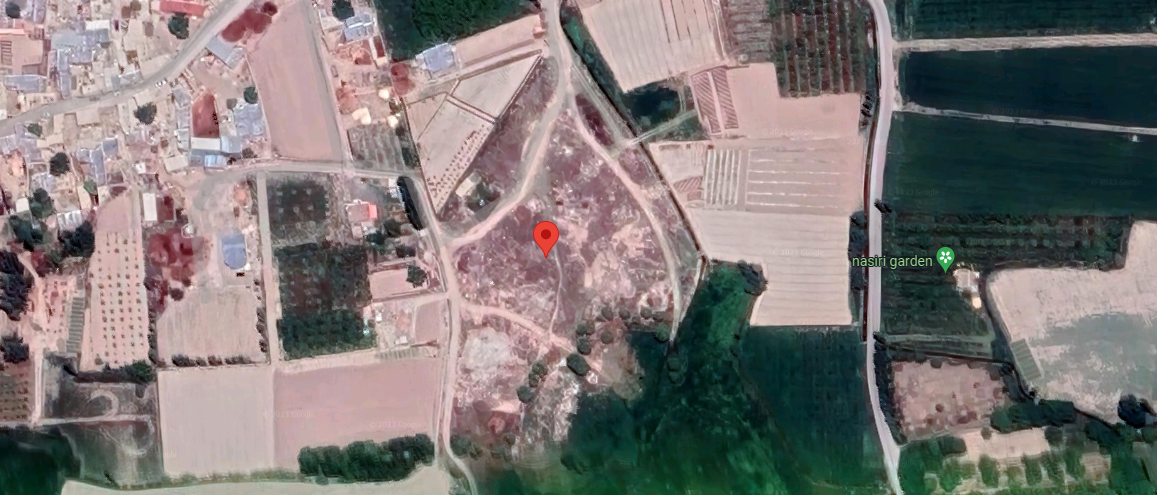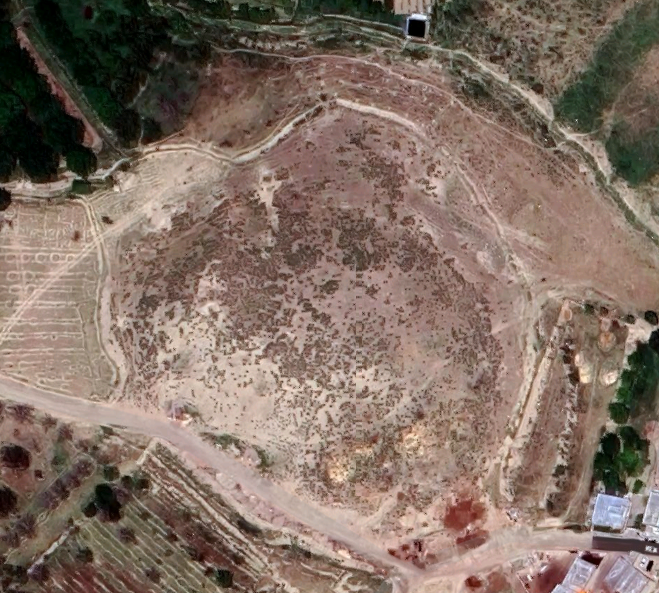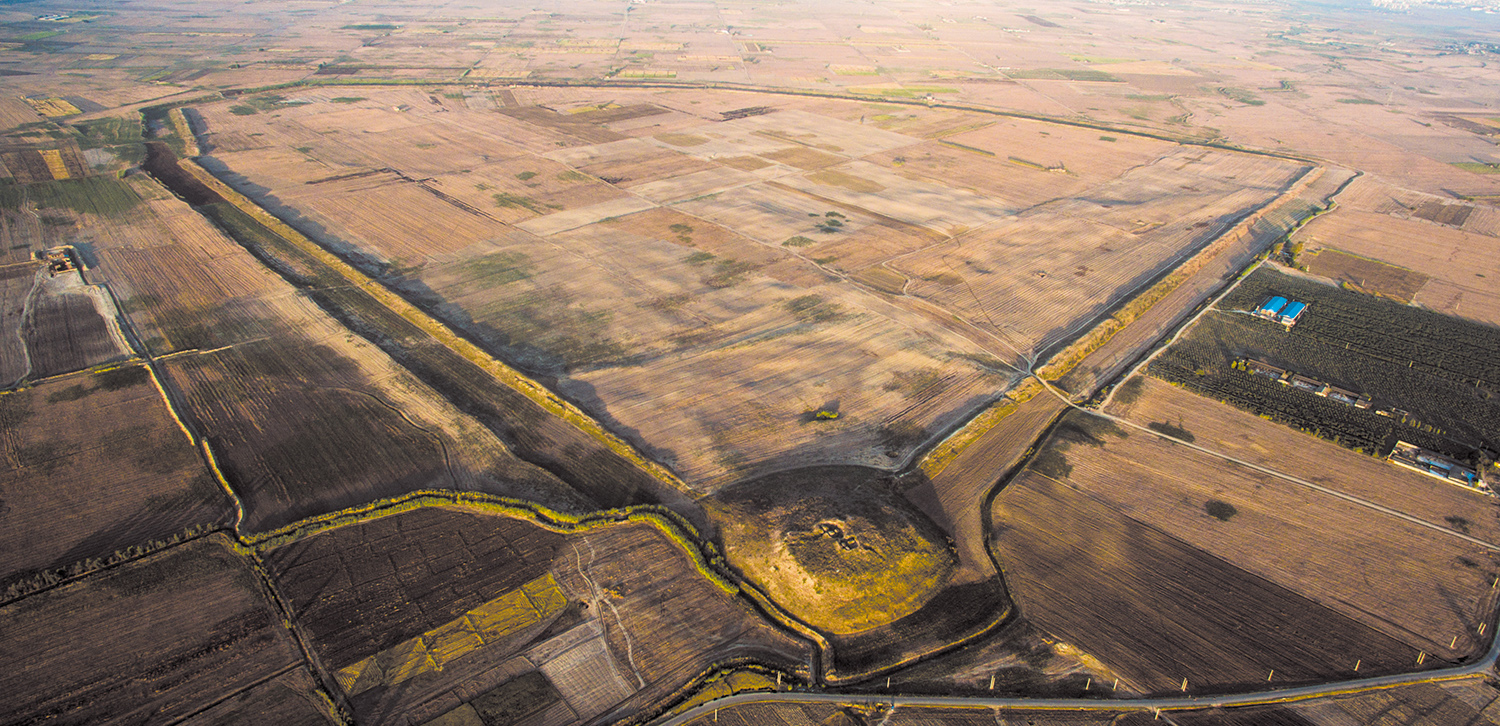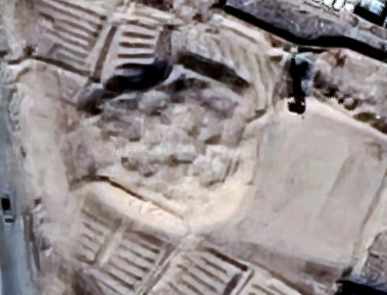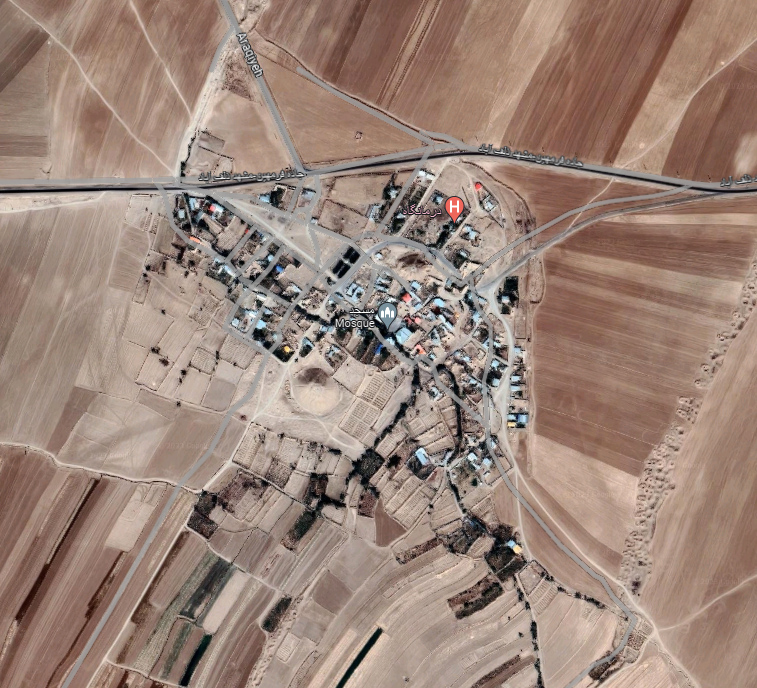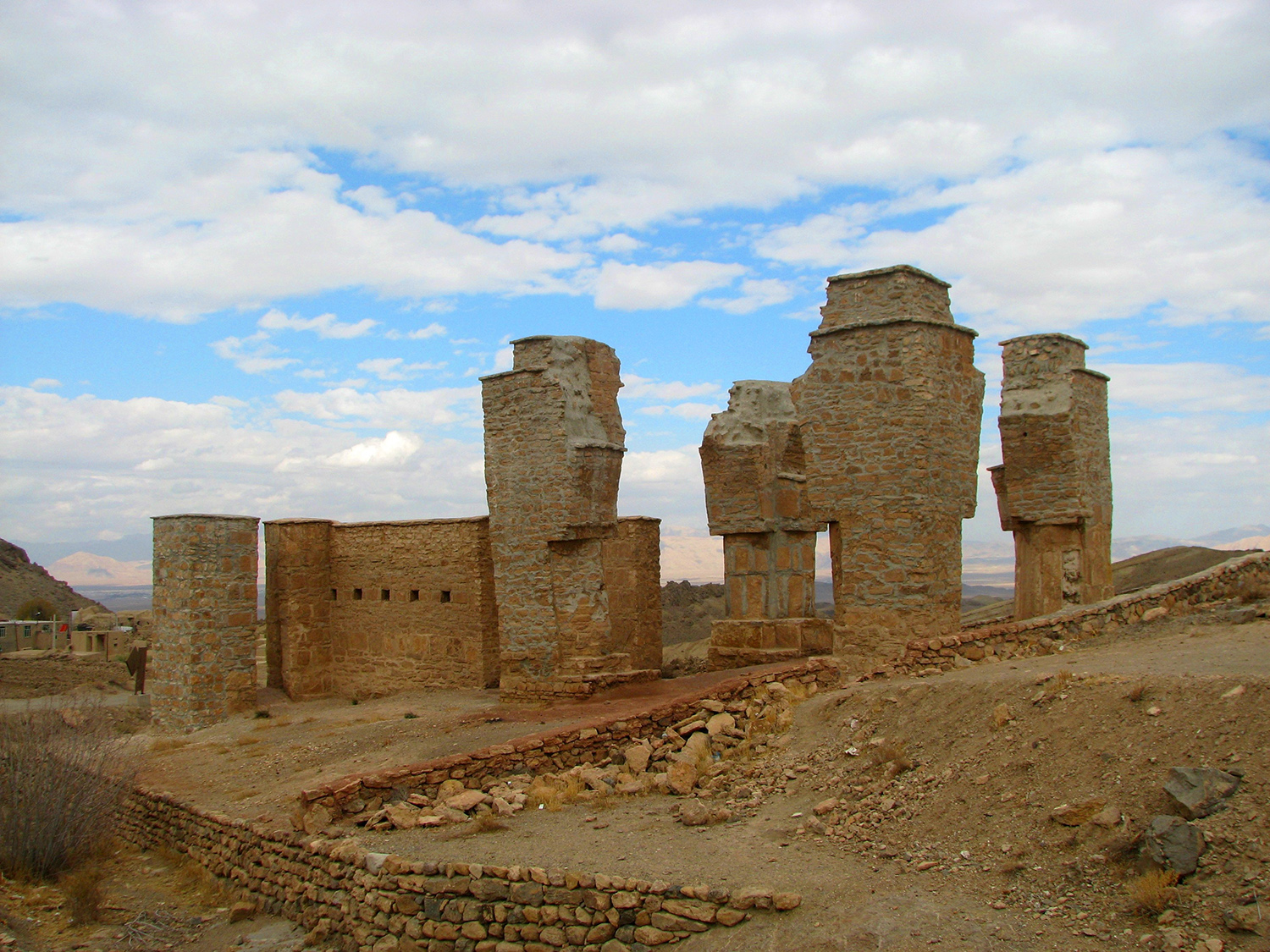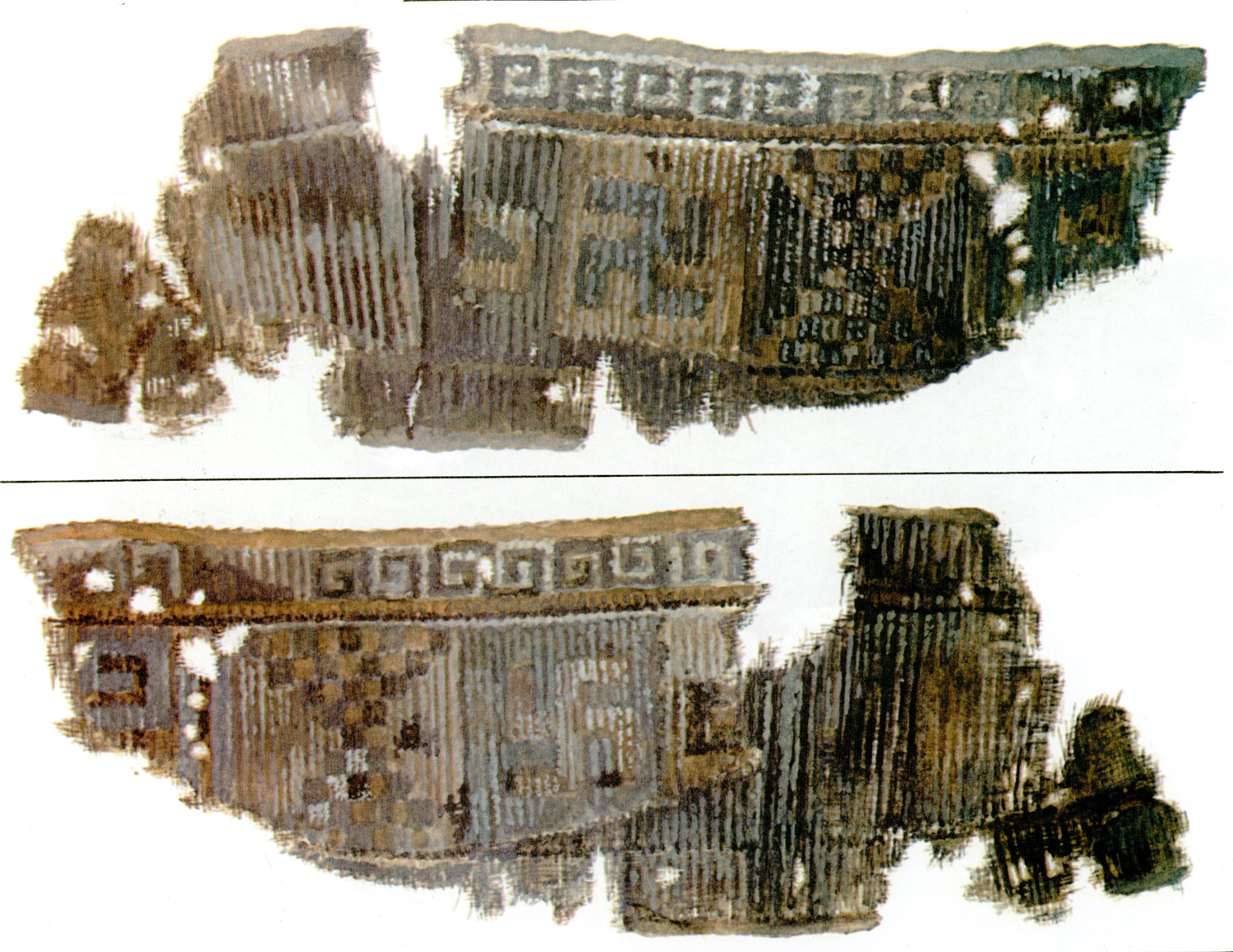Tepe Maydānتپه میدان
Location: Situated north of Urmia, northwestern Iran, West Azerbaijan Province.
37°45’32.4″N 45°04’57.3″E
Map
Historical Period
Bronze Age, Iron Age, Islamic
History and description
Tepe Maydan is an oval mound in the shape of an 8 with two flat-topped areas. The mound measures 225 x 200 x 7 m. Based on the surface ceramics, the mound has an archaeological sequence ranging from the second millennium B.C. to the Iron Age, and the Islamic period.
Archaeological Exploration
Tepe Meydān was discovered during an archaeological survey in northwestern Iran by an Italian team under the direction of Paolo Emilio Pecorella on behalf of the Institute of Mycenaean and Aegean-Anatolian Studies (now the Institute of the Ancient Mediterranean Studies), Italy’s National Research Council (CNR), in 1976.
Bibliography
Pecorella, P. E. and M. Salvini, Tra lo Zagros e l’Urmia. Ricerche Storiche ed Archologiche Nell’Azerbaigian Iraniano, Rome, 1984, p. 146.
Author: Ali Mousavi, May 2nd, 2023
Originally published: May 2, 2023
Last updated: September 19, 2024








